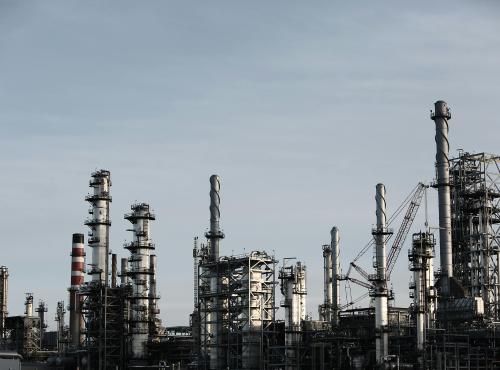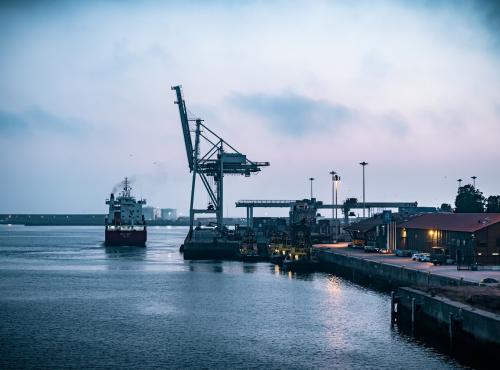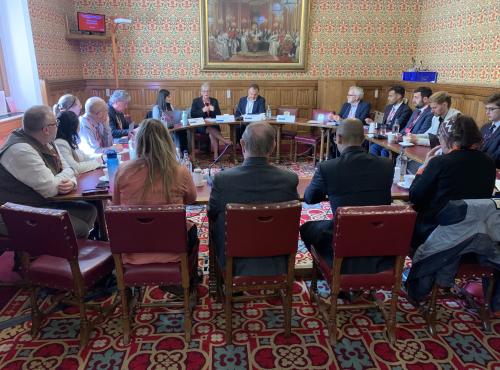Unpacking the Government's Onshore Wind Plans
Within four days of entering Government, Labour sought to make their mark in energy policy by lifting the de facto ban on onshore wind.
Last week, the new Chancellor Rachel Reeves announced changes in the National Planning Policy Framework which removed restrictions for onshore wind farms to be built in local areas. This policy change, which will come into effect on 18 July, aligns with Labour’s mission to double onshore wind production by 2030.
Alongside this, Labour will launch a consultation to determine whether large onshore projects should be incorporated into the Nationally Significant Infrastructure Project regime which would result in decisions about construction being made by central government rather than local authorities.
The previous government first introduced a ban on onshore wind in 2015. In recent years, previous Prime Minister Rishi Sunak devised a policy test where wind developers would be allowed to install a turbine in a local community on the condition that they gained community support. Essentially, the ban meant that any objection, even if it was just one individual, would result in the project being scrapped. This restriction severely hindered any onshore wind development and hence seriously hindered the UK’s renewable generation capacity.
Whilst the requirement for community approval has now been lifted, it remains important that communities are informed about proposals and incentivised to host the infrastructure with detailed plans as to how it could benefit their areas. Labour have committed to updating the Community Benefits Protocol for Onshore Wind.
Ed Miliband, Energy Secretary said, “Getting rid of this ban and giving priority for planning permission for much needed infrastructure sends an immediate signal to investors here and around the world that the UK is back in business, an immediate step in our mission to make Britain a clean energy superpower.”
With stakeholders identifying planning reform as a key priority for driving renewable energy production and capacity at Carbon Connect’s pre-election Energy Election Briefing, the Government’s decision to remove the ban on onshore wind is a welcome first stage in implementing its energy policy plans.
While it is positive to see Labour hitting the ground running, there are a range of barriers that the Government must overcome if it is to achieve its mission of doubling onshore wind and clean power by 2030. These should include fast-tracking applications for onshore wind, expanding grid capacity at the transmission and distribution level, and ensuring the workforce is trained in installing onshore wind infrastructure.



